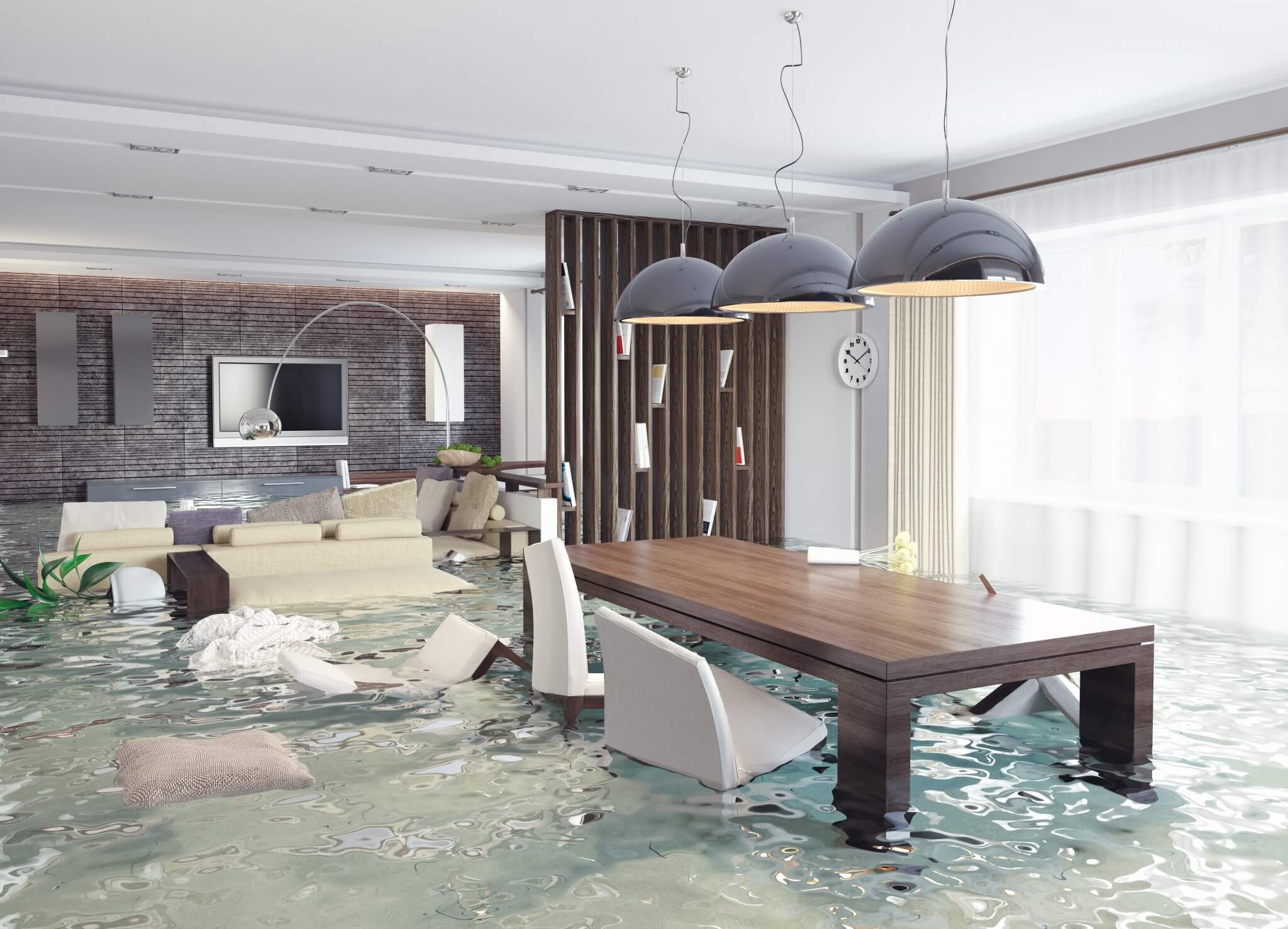How do you really feel when it comes to Preventing Fires and Water Damage In Your Home?

Water offers life, water intrusion on parts where it's not meant to be can result in damages. Homes with water damages scent old and musty.
Water can originate from many sources such as typhoons, floods, burst pipes, leaks, as well as drain problems. In case you experience water damages, it would be great to recognize some safety and security preventative measures. Here are a couple of standards on just how to handle water damage.
Do Prioritize Home Insurance Coverage Protection
Water damage from flood as a result of hefty winds is seasonal. However, you can also experience an abrupt flood when a damaged pipe instantly breaks right into your home. It would be best to have residence insurance coverage that covers both disasters such as natural calamities, and emergency situations like broken plumbing.
Do Not Fail To Remember to Switch Off Utilities
In case of a catastrophe, especially if you live in a flood-prone area, it would be recommended to turn off the main electric circuit. This removes power to your entire residence, avoiding electrical shocks when water comes in as it is a conductor. Don't forget to turn off the primary water line valve. When floodwaters are high, furnishings will certainly move as well as cause damages. Having the major shutoff turned off stops more damages.
Do Keep Proactive as well as Heed Climate Signals
Tornado floodings can be really uncertain. If there is a background of flooding in your community, remain aggressive as well as ready. If you live near a creek, river, or lake, listen to evacuation cautions. Secure belongings from the very beginning and cellar, then put them on the highest possible degree. Doing so minimizes potential property damage.
Don't Neglect the Roof
You can avoid rainfall damages if there are no holes and leaks in your roofing system. This will certainly prevent water from streaming down your wall surfaces and saturating your ceiling.
Do Take Notice Of Tiny Leakages
A burst pipeline does not take place overnight. Generally, there are red flags that show you have actually weakened pipes in your home. You might observe gurgling paint, peeling off wallpaper, water touches, water stains, or leaking audios behind the wall surfaces. Eventually, this pipe will rupture. Preferably, you ought to not await things to intensify. Have your plumbing repaired before it results in enormous damage.
Do Not Panic in Case of a Ruptured Pipeline
Maintaining your clearheadedness is vital in a time of dilemma. Since it will suppress you from acting quickly, worrying will just compound the problem. When it pertains to water damages, timing is vital. The longer you wait, the even more damages you can anticipate. Therefore, if a pipe bursts in your house, quickly shut off your main water shutoff to remove the source. Disconnect all electric outlets in the area or transform off the circuit breaker for that component of the residence. Finally, call a reputable water damage restoration expert for help.
Water gives life, water breach on parts where it's not supposed to be can result in damage. Houses with water damages smell old and also moldy.
Water damage from flood dues to heavy winds is seasonal. You may observe gurgling paint, peeling wallpaper, water streaks, water stains, or leaking noises behind the wall surfaces. When it comes to water damage, timing is key.
Some Do's & Don't When Dealing with a Water Damage
DO:
Make sure the water source has been eliminated. Contact a plumber if needed. Turn off circuit breakers supplying electricity to wet areas and unplug any electronics that are on wet carpet or surfaces Remove small furniture items Remove as much excess water as possible by mopping or blotting; Use WHITE towels to blot wet carpeting Wipe water from wooden furniture after removing anything on it Remove and prop up wet upholstery cushions for even drying (check for any bleeding) Pin up curtains or furniture skirts if needed Place aluminum foil, saucers or wood blocks between furniture legs and wet carpet Turn on air conditioning for maximum drying in winter and open windows in the summer Open any drawers and cabinets affected for complete drying but do not force them open Remove any valuable art objects or paintings to a safe, dry place Open any suitcases or luggage that may have been affected to dry, preferably in sunlight Hang any fur or leather goods to dry at room temperature Punch small holes in sagging ceilings to relieve trapped water (don't forget to place pans beneath!); however, if the ceiling is sagging extremely low, stay out of the room and we'll take care of it DO NOT:
Leave wet fabrics in place; dry them as soon as possible Leave books, magazines or any other colored items on wet carpets or floor Use your household vacuum to remove water Use TV's or other electronics/appliances while standing on wet carpets or floors; especially not on wet concrete floors Turn on ceiling fixtures if the ceiling is wet Turn your heat up, unless instructed otherwise

We were guided to that article about Reducing Your Risk Of Water And Fire Damage At Home from someone on another web address. For those who enjoyed reading our blog post if you please don't forget to share it. Thanks for taking the time to read it.